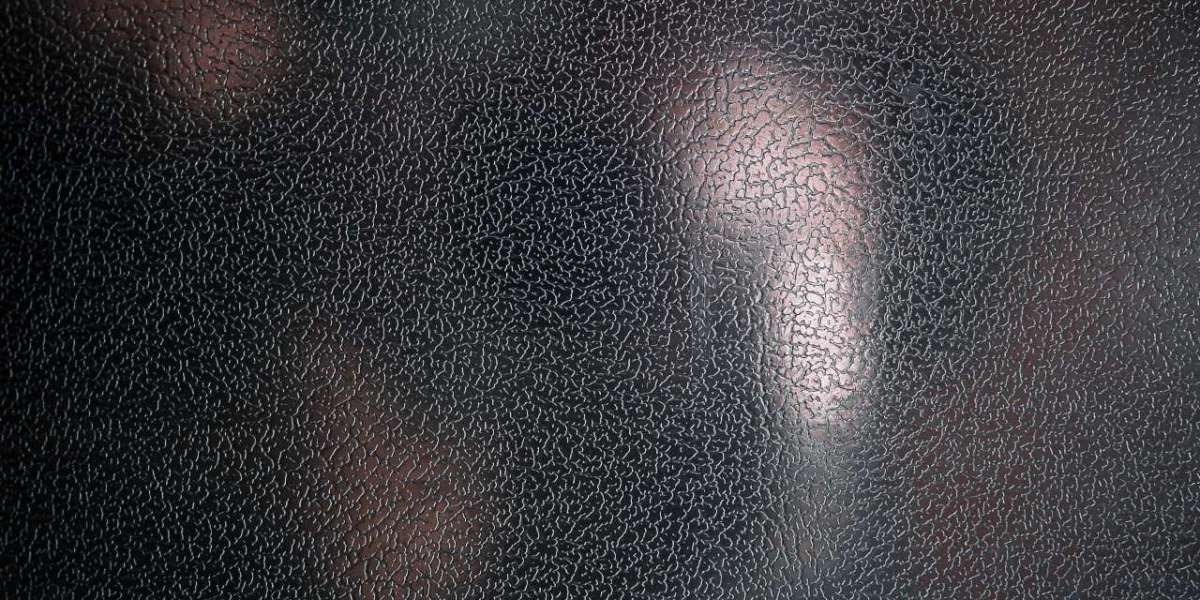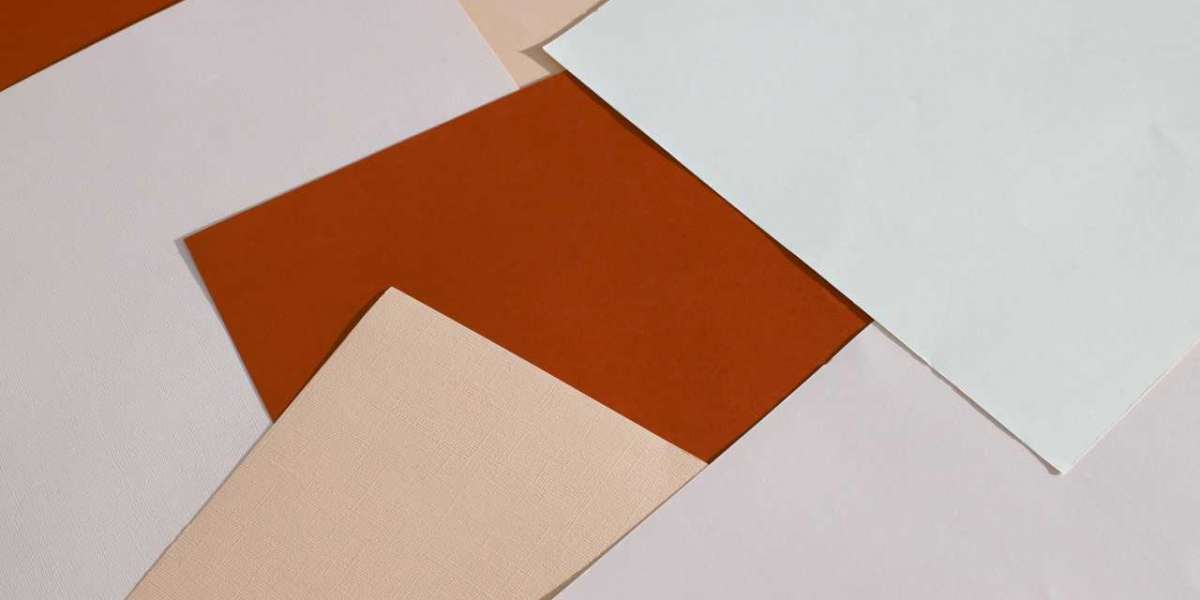Gua Sha therapy, also known as scraping therapy, is a traditional Chinese medicine technique that has gained popularity in recent years. It involves using a tool to scrape the skin, which stimulates blood flow and promotes healing. But what about the cost-effectiveness of this therapy? In this article, we will explore the financial aspects of Gua Sha therapy and its potential benefits.
The Cost of Gua Sha Therapy
When considering any form of therapy, it is important to take into account the cost. Gua Sha therapy is generally affordable compared to other alternative treatments. The cost can vary depending on factors such as the location, practitioner's experience, and the duration of the session. On average, a Gua Sha session can range from $30 to $100.
While this may seem expensive to some, it is essential to consider the potential benefits and long-term cost savings that Gua Sha therapy can provide. By addressing underlying health issues and promoting overall well-being, Gua Sha therapy may reduce the need for more expensive medical interventions or ongoing treatments.
The Effectiveness of Gua Sha Therapy
Now, let's delve into the effectiveness of Gua Sha therapy. While scientific research on Gua Sha therapy is still limited, there is evidence to suggest its potential benefits. Gua Sha therapy has been found to improve blood circulation, reduce inflammation, and relieve muscle tension. These effects can contribute to pain relief and improved overall health.
One study published in the Journal of Pain Research found that Gua Sha therapy was effective in reducing neck pain and improving range of motion in patients with chronic neck pain. Another study published in the Journal of Alternative and Complementary Medicine showed that Gua Sha therapy was effective in reducing symptoms of perimenopausal syndrome.
The Cost-Effectiveness of Gua Sha Therapy
When considering the cost-effectiveness of Gua Sha therapy, it is important to look beyond the immediate financial investment. While the upfront cost may seem significant, the potential long-term benefits can outweigh the initial expense.
For example, imagine a person suffering from chronic back pain who decides to undergo Gua Sha therapy. Initially, they may need multiple sessions to address the underlying issues causing the pain. However, as their condition improves, the frequency of sessions may decrease, resulting in long-term cost savings.
Furthermore, by addressing the root cause of the pain and promoting overall well-being, Gua Sha therapy may reduce the need for costly medications or invasive procedures. This can lead to significant savings in healthcare expenses over time.
Conclusion
Gua Sha therapy offers a cost-effective alternative for those seeking pain relief and improved overall health. While the upfront cost may deter some, the potential long-term benefits and cost savings make it a worthwhile investment. By addressing underlying health issues and promoting well-being, Gua Sha therapy can potentially reduce the need for more expensive medical interventions.
Remember, it is always important to consult with a qualified practitioner before undergoing any form of therapy. They can provide personalized advice and guidance based on your specific needs and circumstances.








